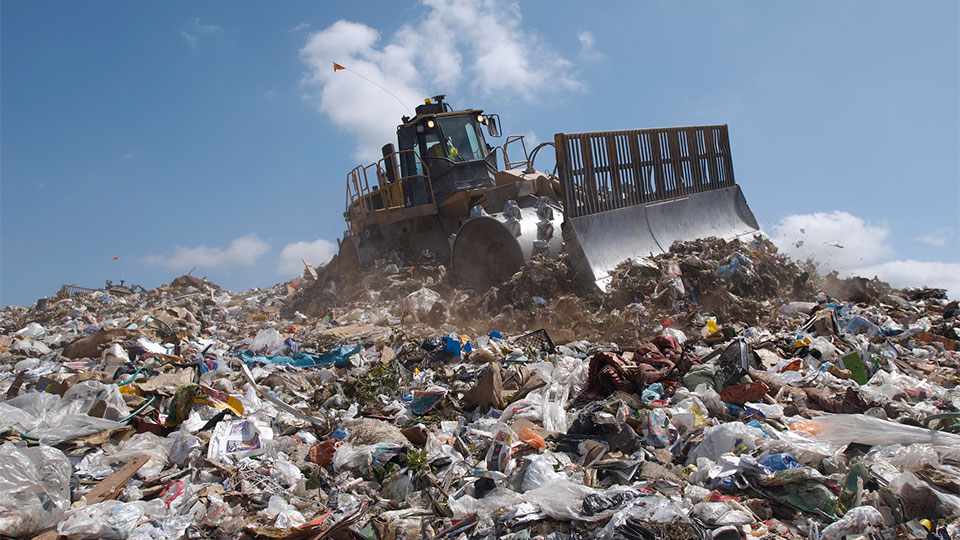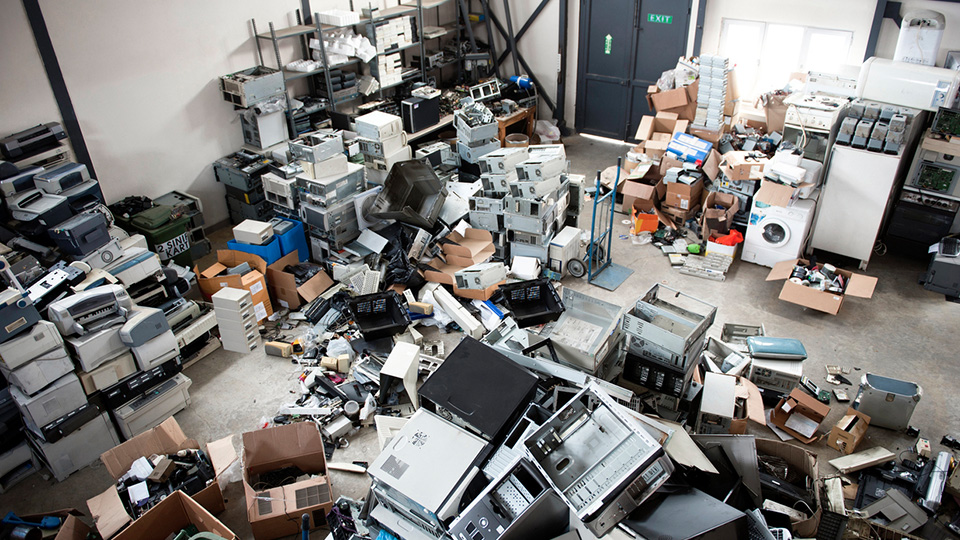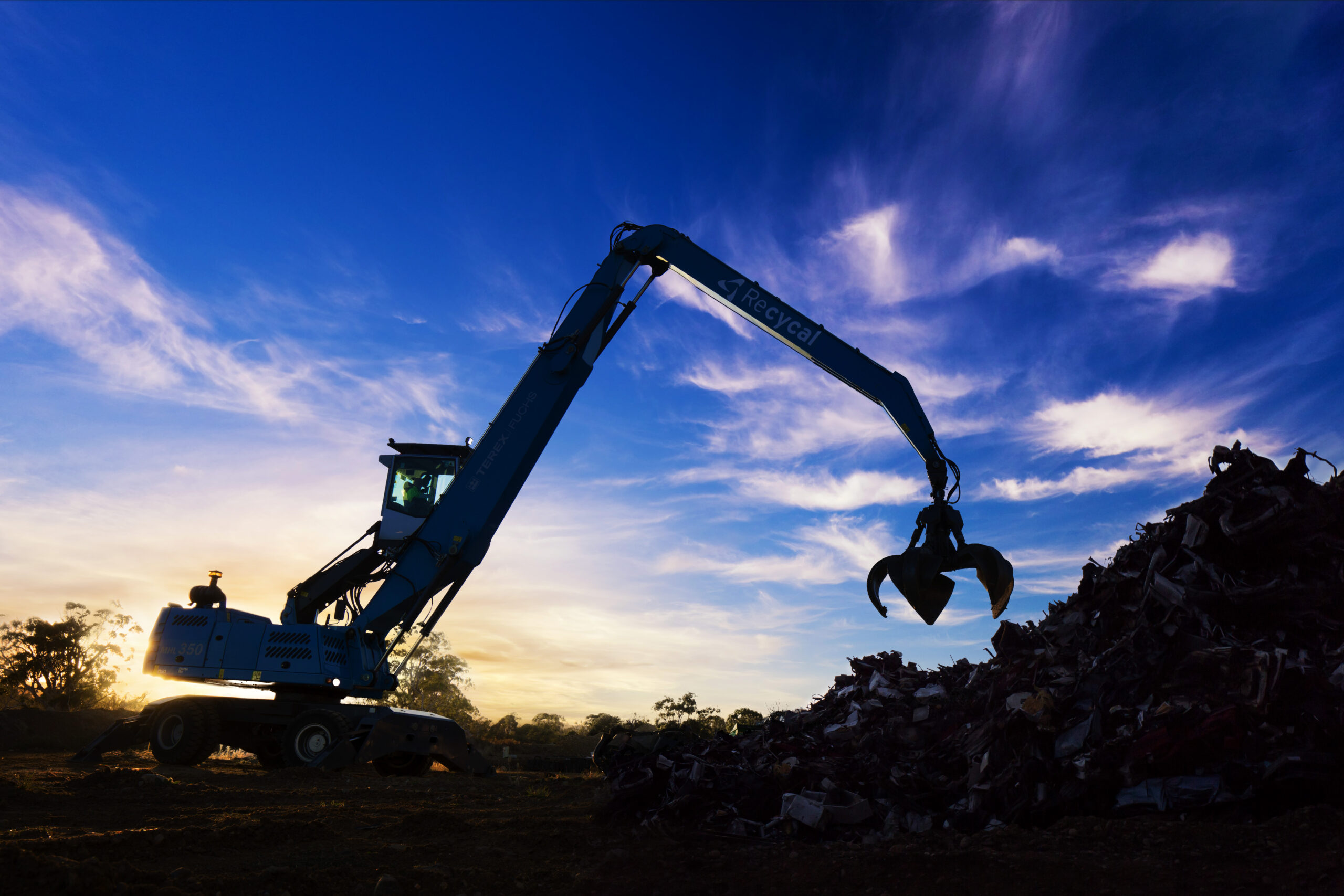Undoubtedly, IT executives now understand the extent of the e-waste problem. Whether you are a manufacturer, retailer or distributor, the growth of electronic equipment has become a ticking environmental time bomb. According to the World Health Organization e-waste is the fastest growing solid waste stream in the world. Over 61 million metric tonnes of electronic devices, such as computers, servers, smartphones and printers were discarded in 2023. This is estimated to grow to 75 million tonnes by 2030.
These IT assets contain hazardous materials. Lead, mercury, and cadmium can leach into the soil if disposed of incorrectly via landfill. Of particular concern are the risks from polluting the soil and groundwater creating unacceptable risks to humans and wildlife.
Indeed, commentators are now highlighting that electronic disposal drives increased mining activity when precious metals aren’t reclaimed. One tonne of circuit boards is estimated to contain up to 800 times more gold than one tonne of gold ore. Surprisingly, some companies are claiming that they are earning up to $85,000 US daily by recycling gold and copper from discarded electronics.
An Australian Context
In Australia more boards are understanding that they have a sustainability mandate. CEO’s and CIO’s need to engage more as the reputational risks are huge for failure to manage IT retirement. The management concept of circularity is gaining more traction.
Perhaps what is not duly understood is that the circular end-of-life strategy has costs which need to be met by stakeholders. Both government and business are only now starting to understand the huge ramifications of the costs of creating a circular economy. Not only do IT assets have to be sanitised of their data and software, potential remarketing of items in good condition must be actioned.
Donation of assets to schools and charities, re-marketing of certain componentry for repurposing in other products are all possible strategies. We then have the recovering and selling of valuable materials such as gold, silver, platinum, copper, nickel and palladium. Each of these steps must be managed, administered and controlled, with audit ready data and secure chain of custody procedures.
Processing of e-waste poorly understood
Doug Rowe is MD of the Ecocycle group of companies, which includes Eco e-waste . Doug believes that the cost of collection, distribution and processing of e-waste in Australia is poorly understood. “We must come to terms with the true costs and develop a sustainable industry model for e-waste materials. If we don’t its going to be a very hard road to achieve the outcomes we are looking for”. “Australia is vast and to do the job properly companies like ours need to have policies that encourage investment and world best practice”.
“The manufacturers and importers have a key role to play to promote and lead by example. They must understand that sustainability is something they have to embrace commercially in their operating model”. Doug said.
The investment and infrastructure required is not insignificant. For Australia to succeed with an effective e-waste recycling industry there must be a more vigorous debate on the role of industry participants moving forward. Doug Rowe believes that there are companies who are prepared to invest more into the industry. However, they need a policy and potential return that justified the investment required. Currently that is not there.






